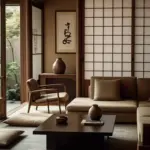Imagine sinking into a couch that doesn’t beg for perfection but welcomes you as you are—messy hair, chipped mug, quiet thoughts and all. In a world obsessed with pristine surfaces and polished aesthetics, the Wabi Sabi couch dares to be different. It doesn’t shine, it whispers. With its weathered linen, uneven stitching, and softened shape, it invites you into a space where comfort is rooted in authenticity, not flawlessness.
This isn’t just about furniture—it’s a lifestyle shift. Wabi Sabi teaches us to embrace impermanence and find beauty in the things we once dismissed: a faded cushion, a cracked armrest, the way a couch naturally molds to your body over the years. In this article, we’ll guide you through everything you need to know—from the philosophy’s humble origins to the textures and tones that define a Wabi Sabi living room centerpiece. Let’s journey into a world where imperfection feels like home.



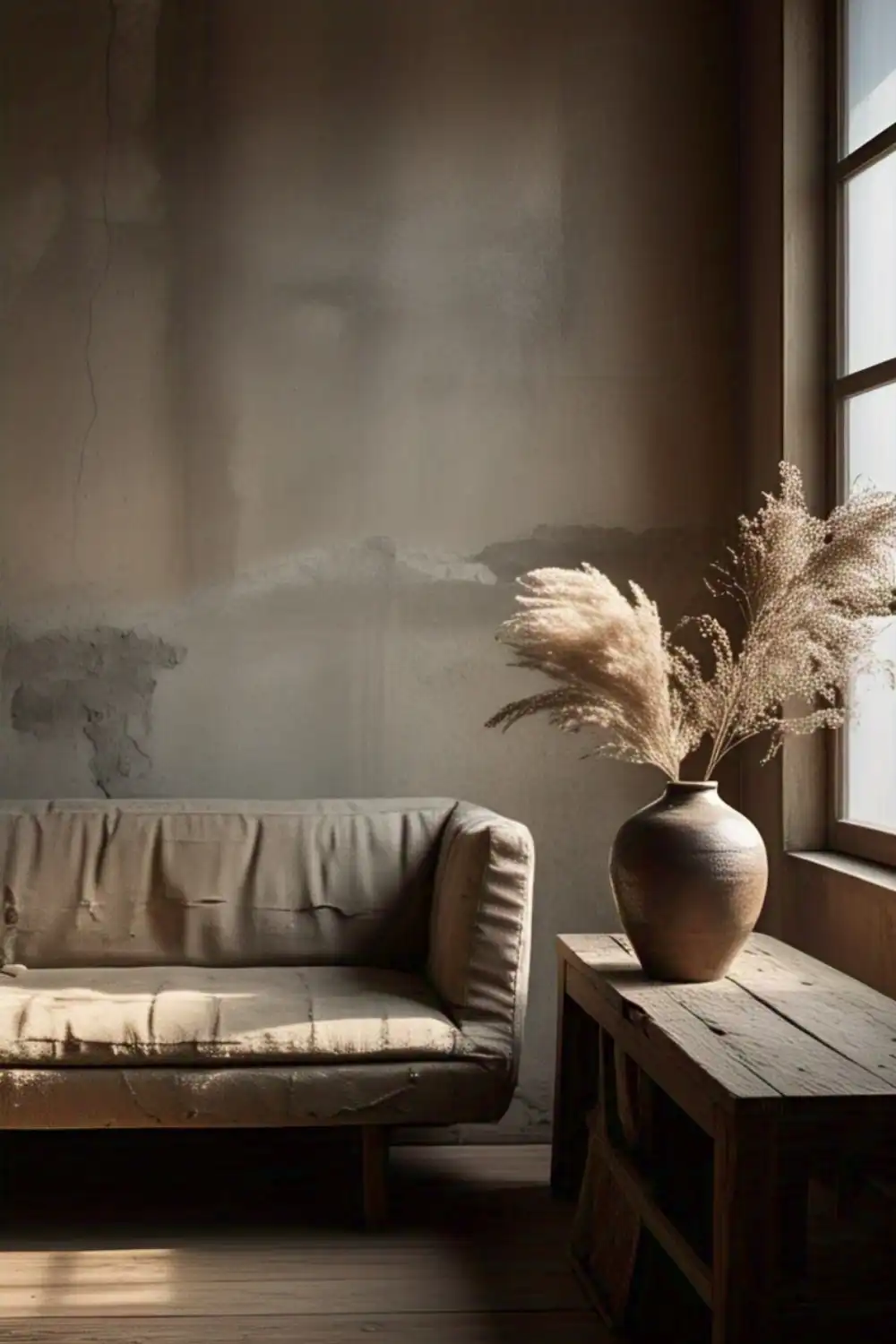
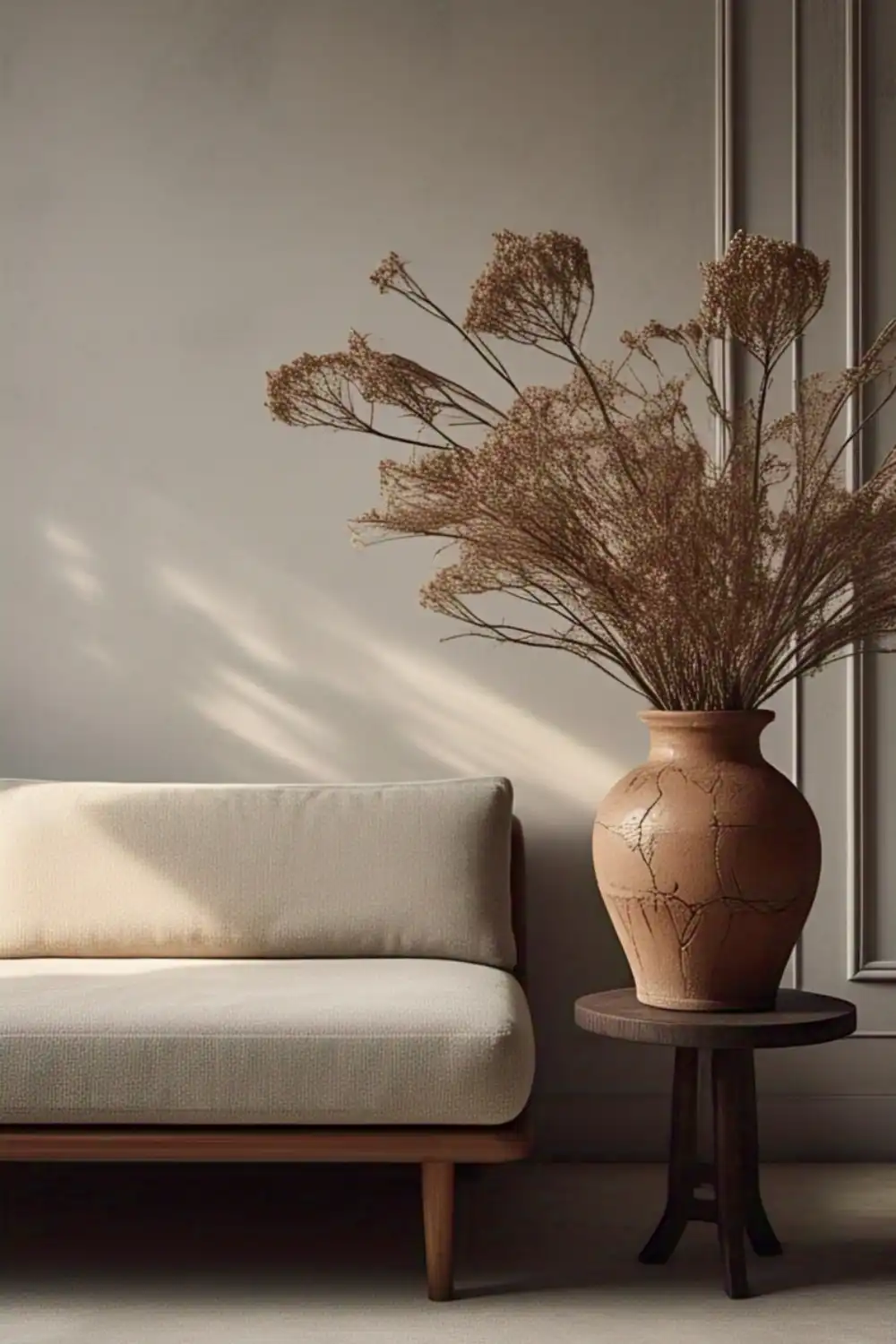
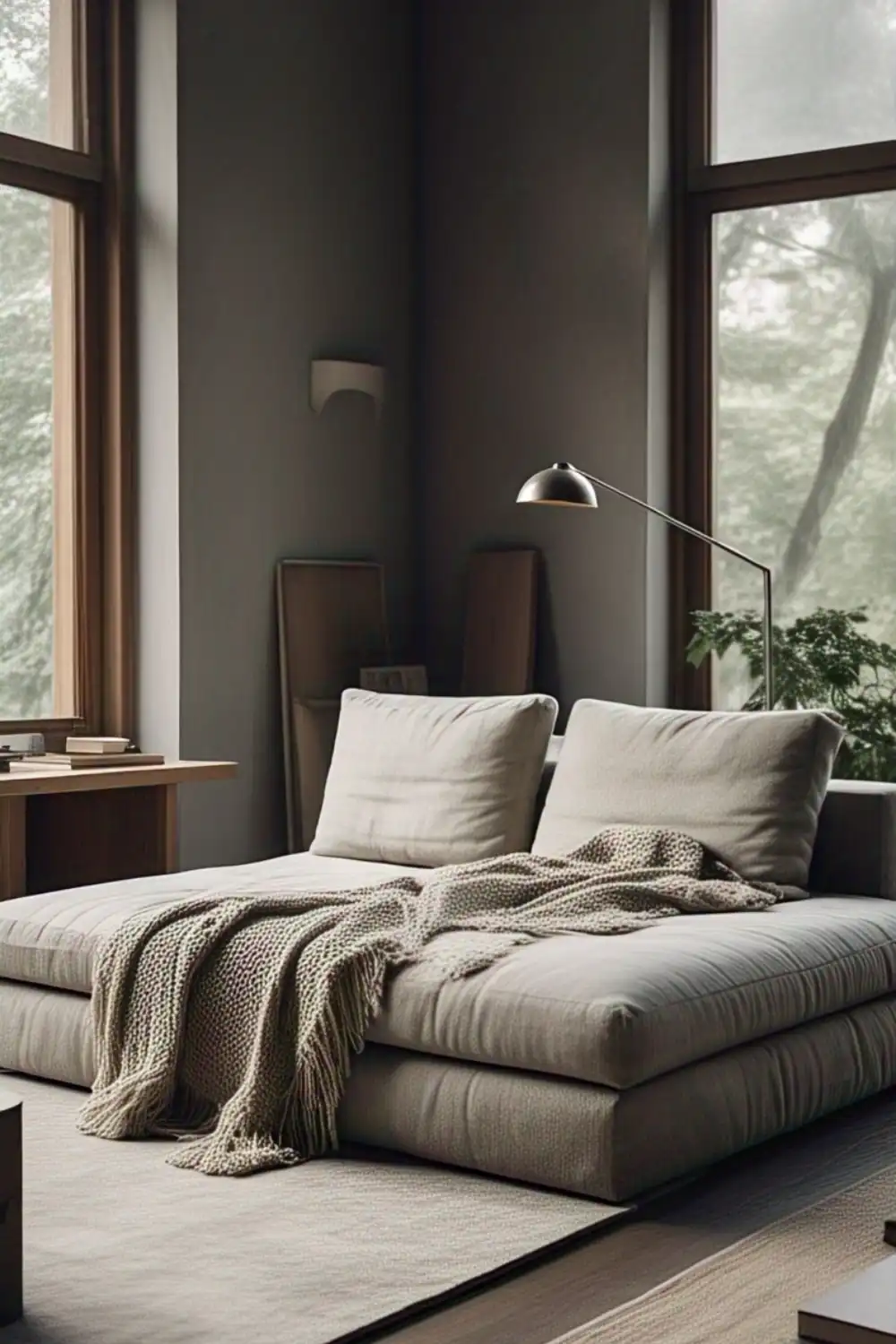
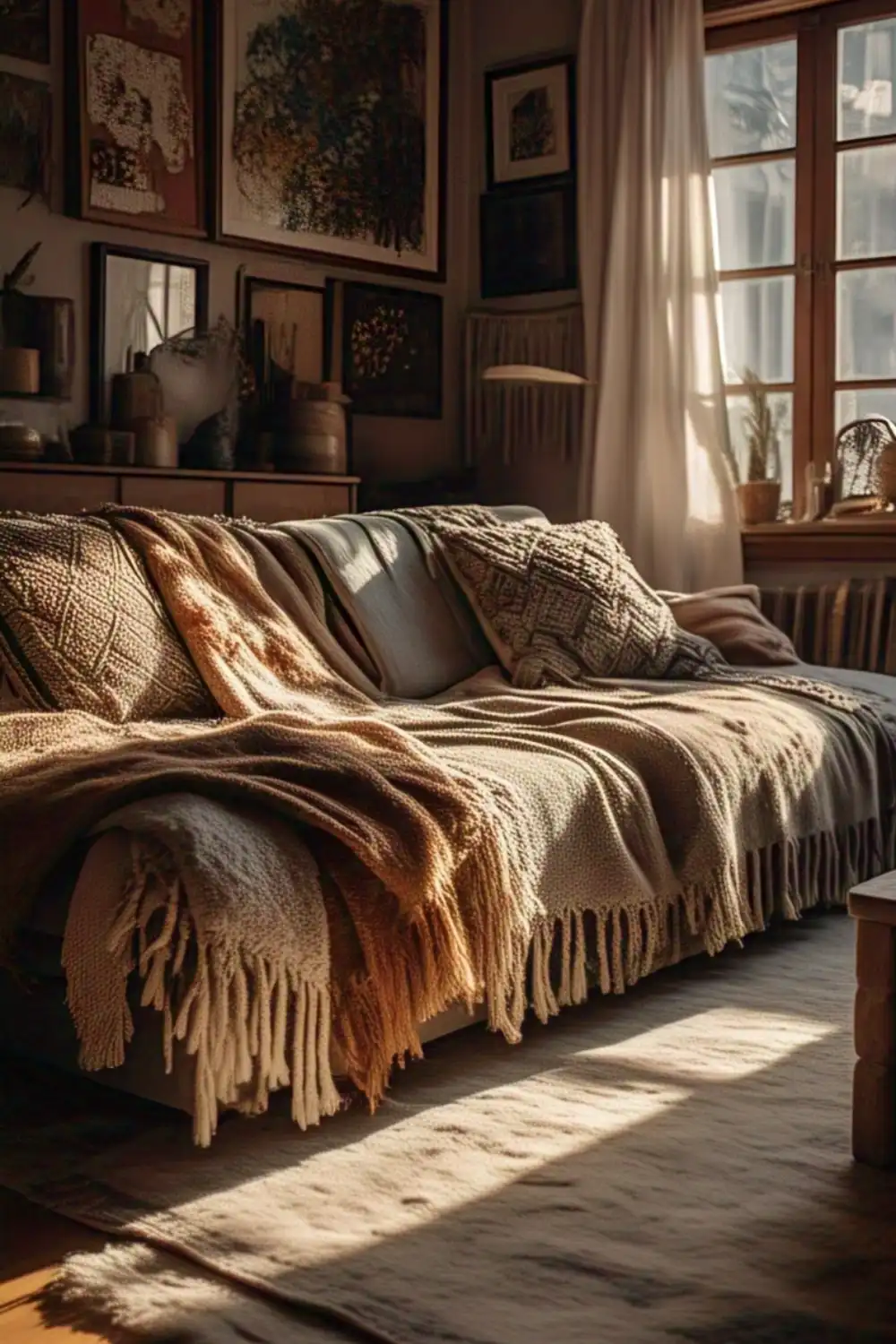
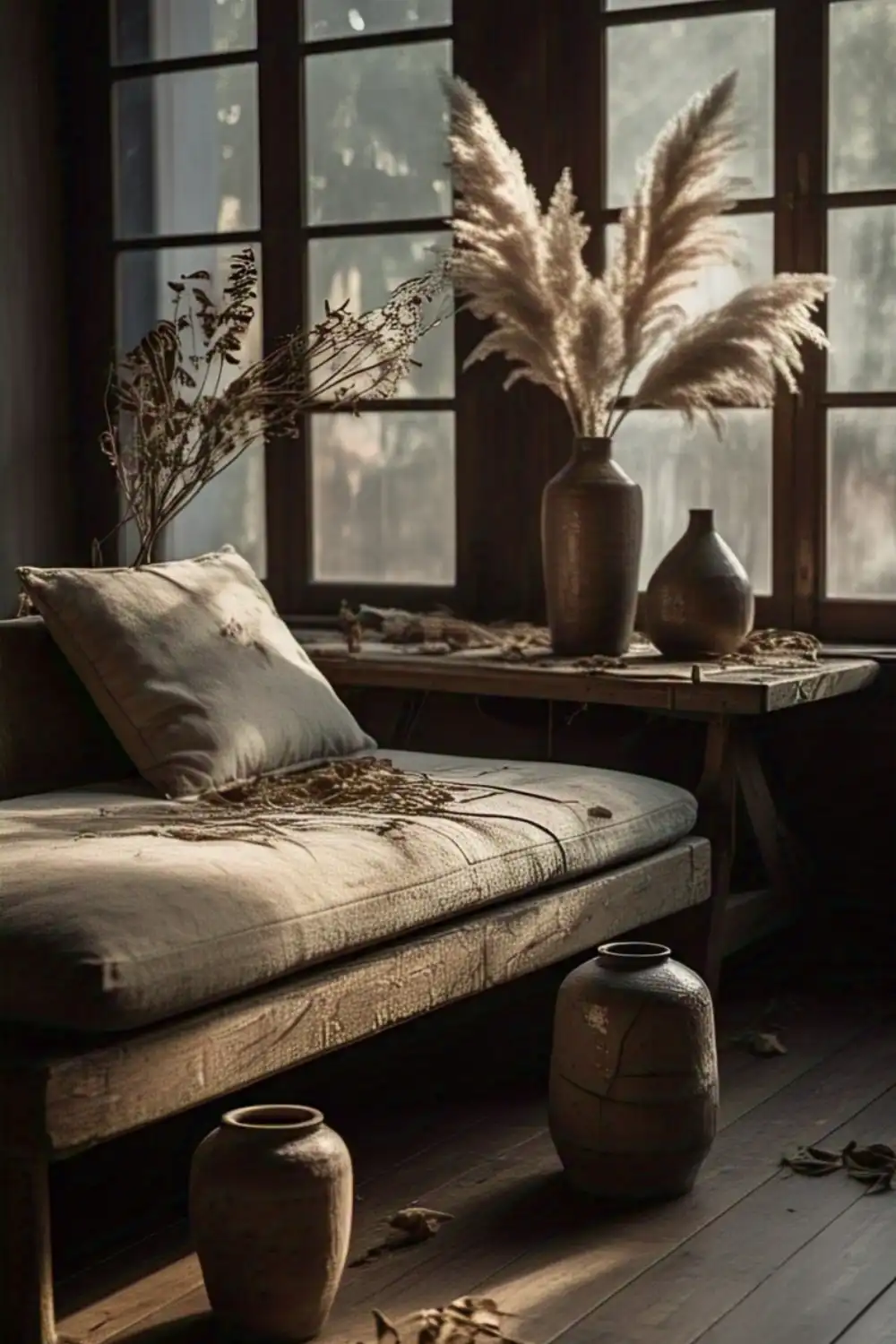
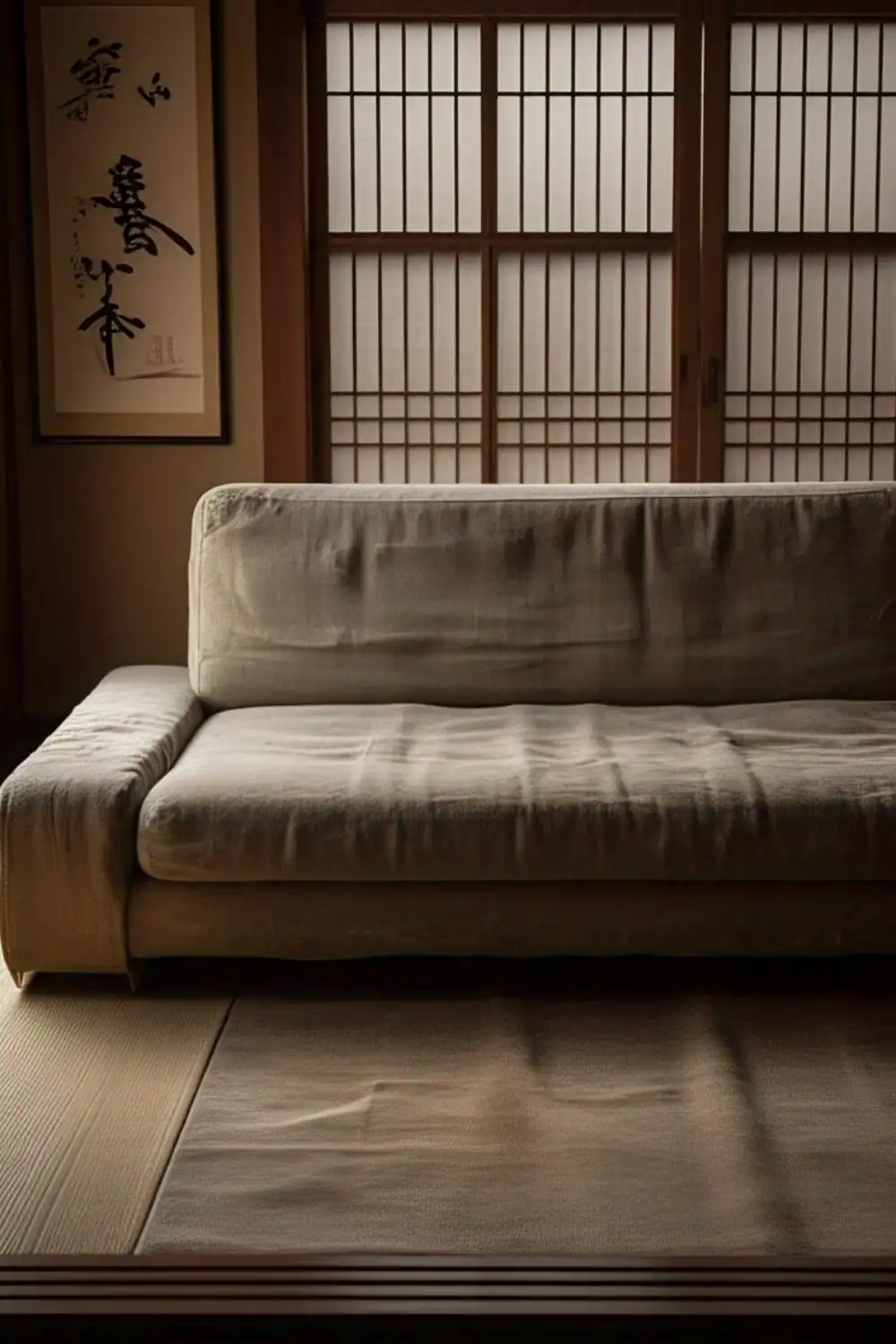
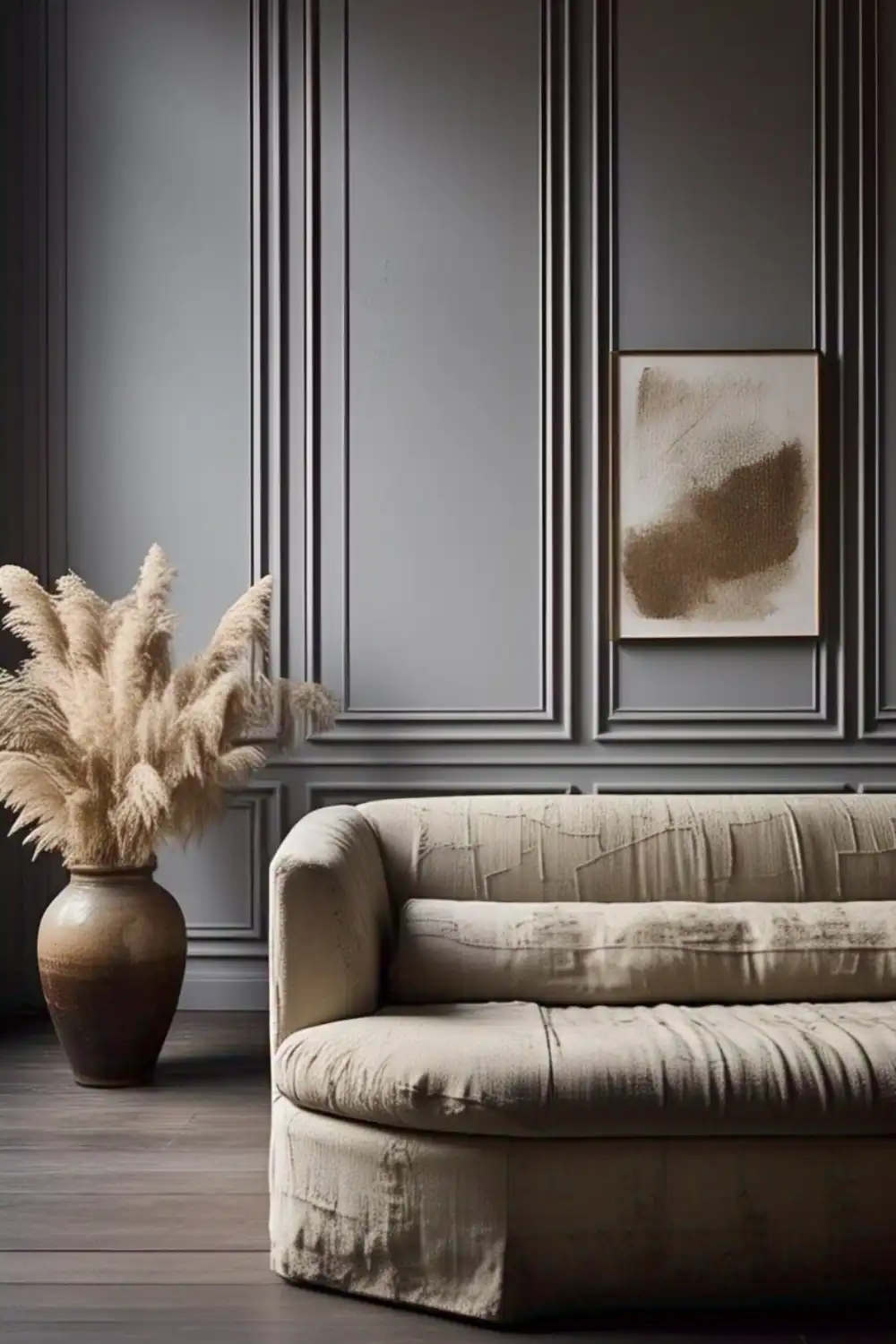
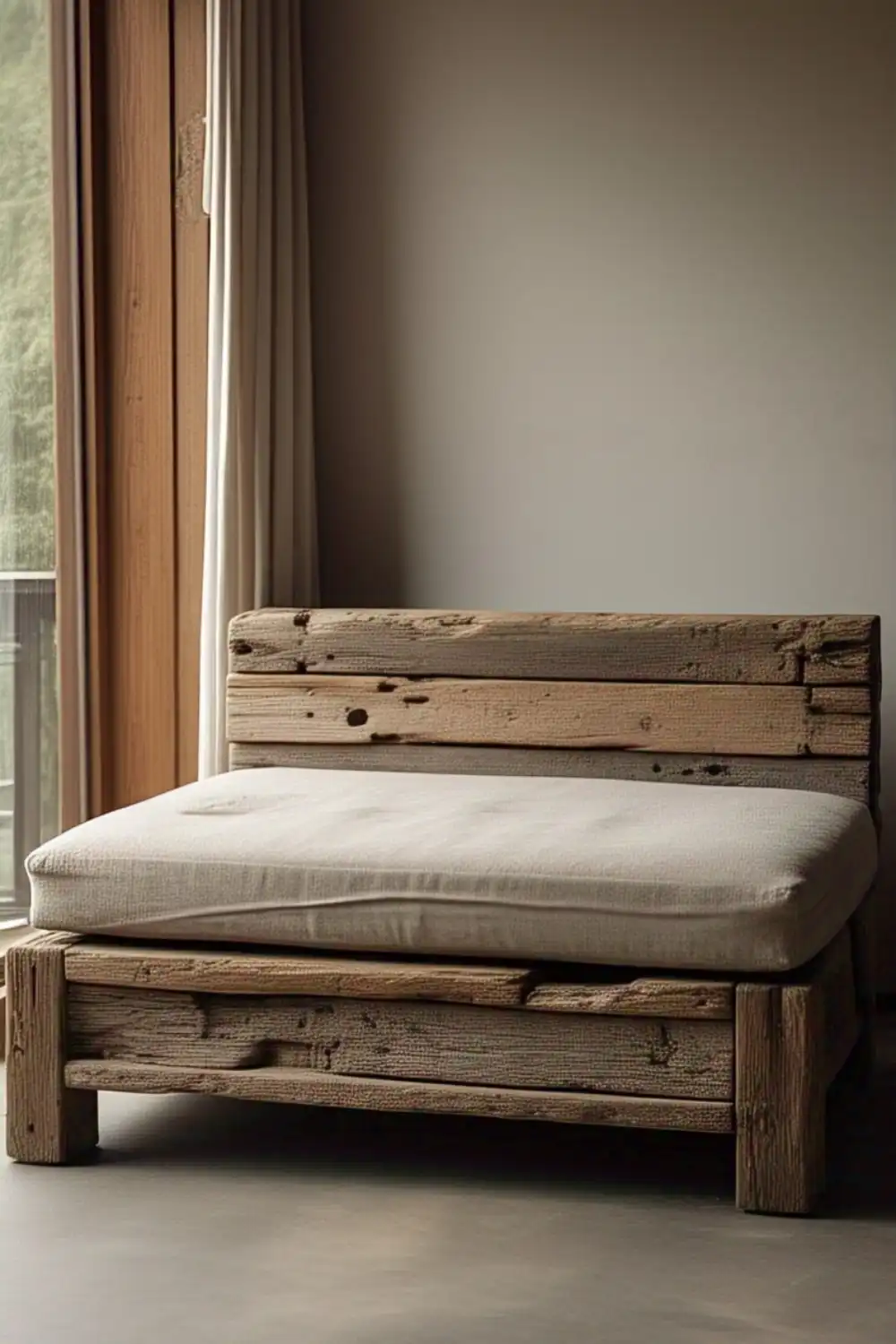

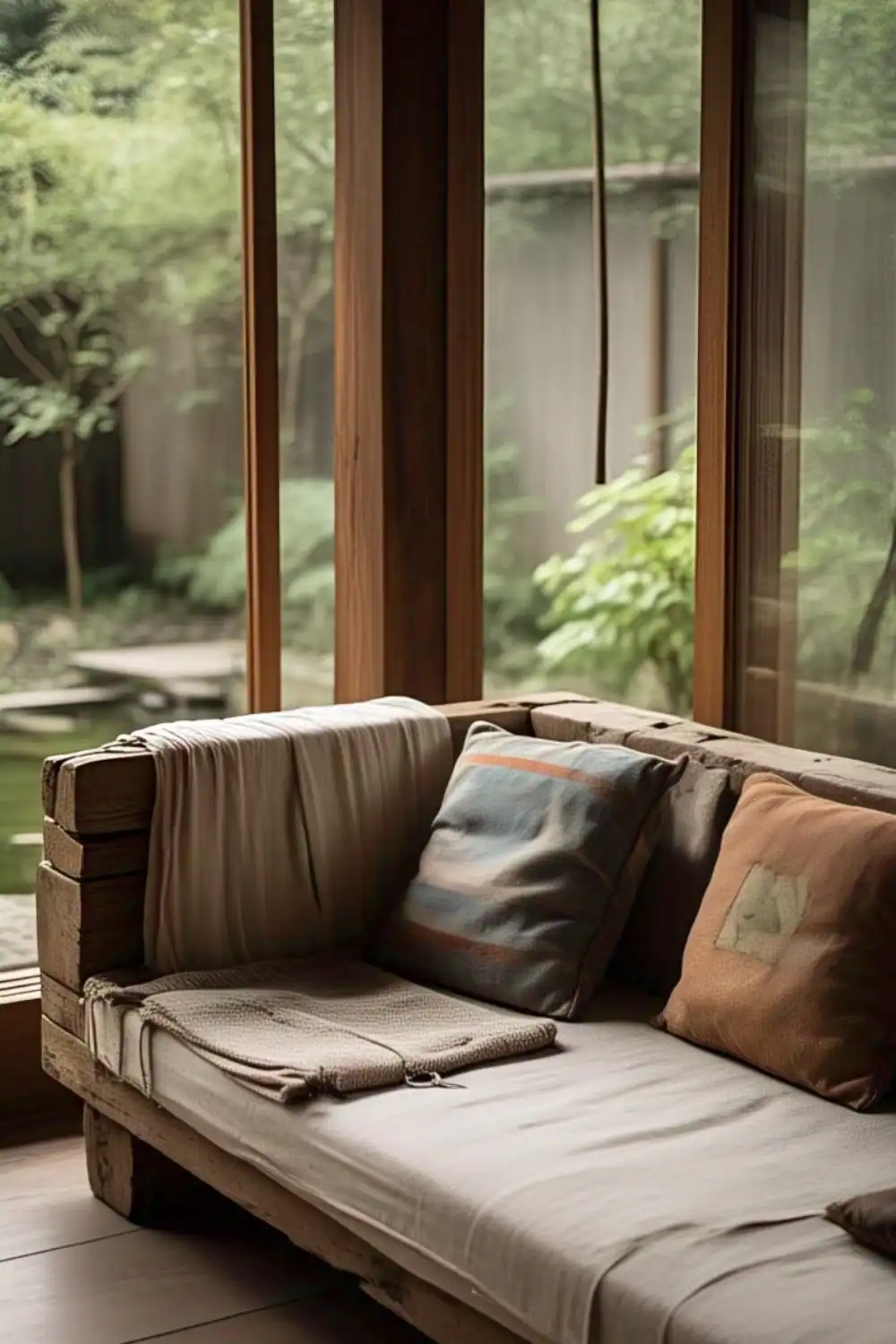


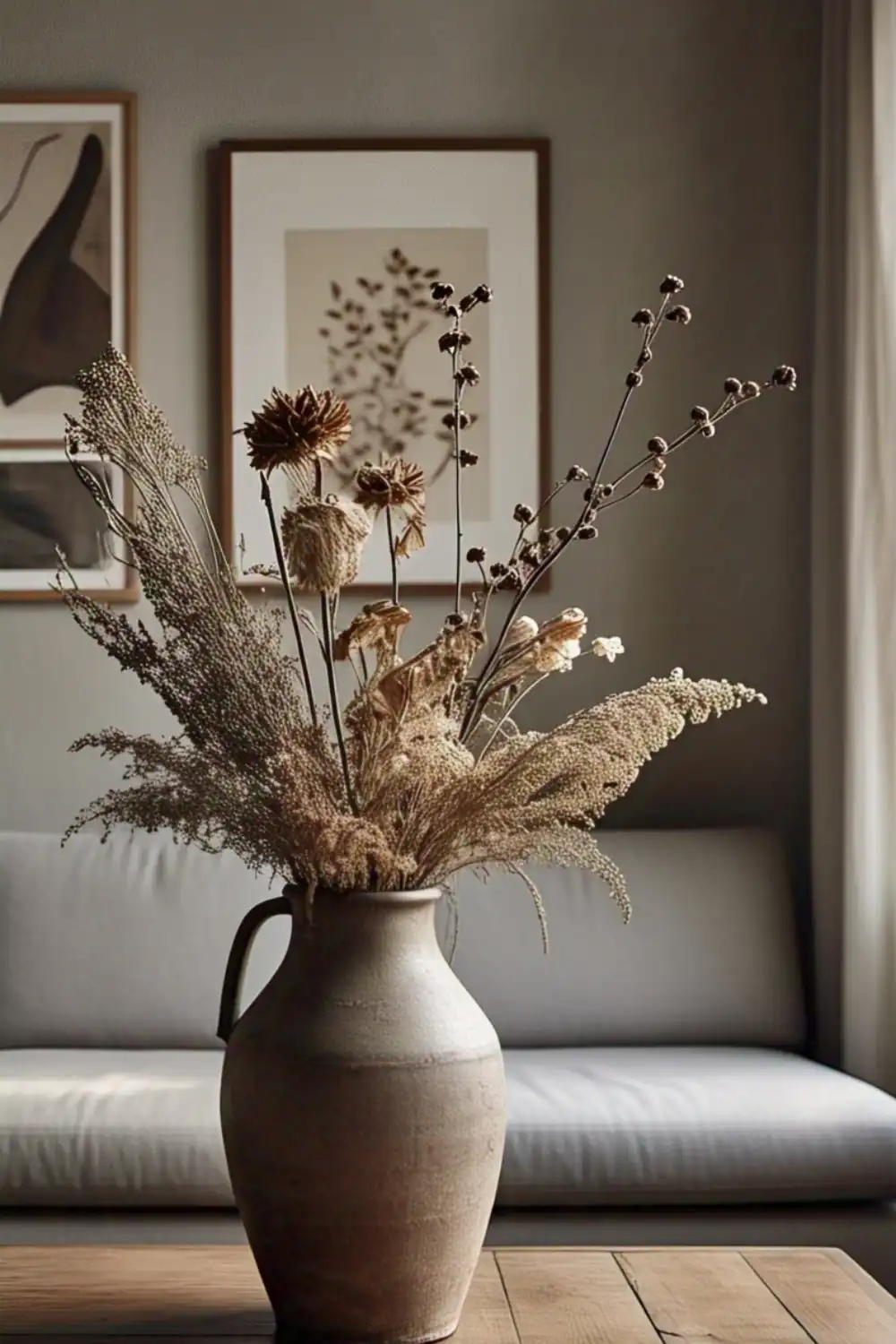
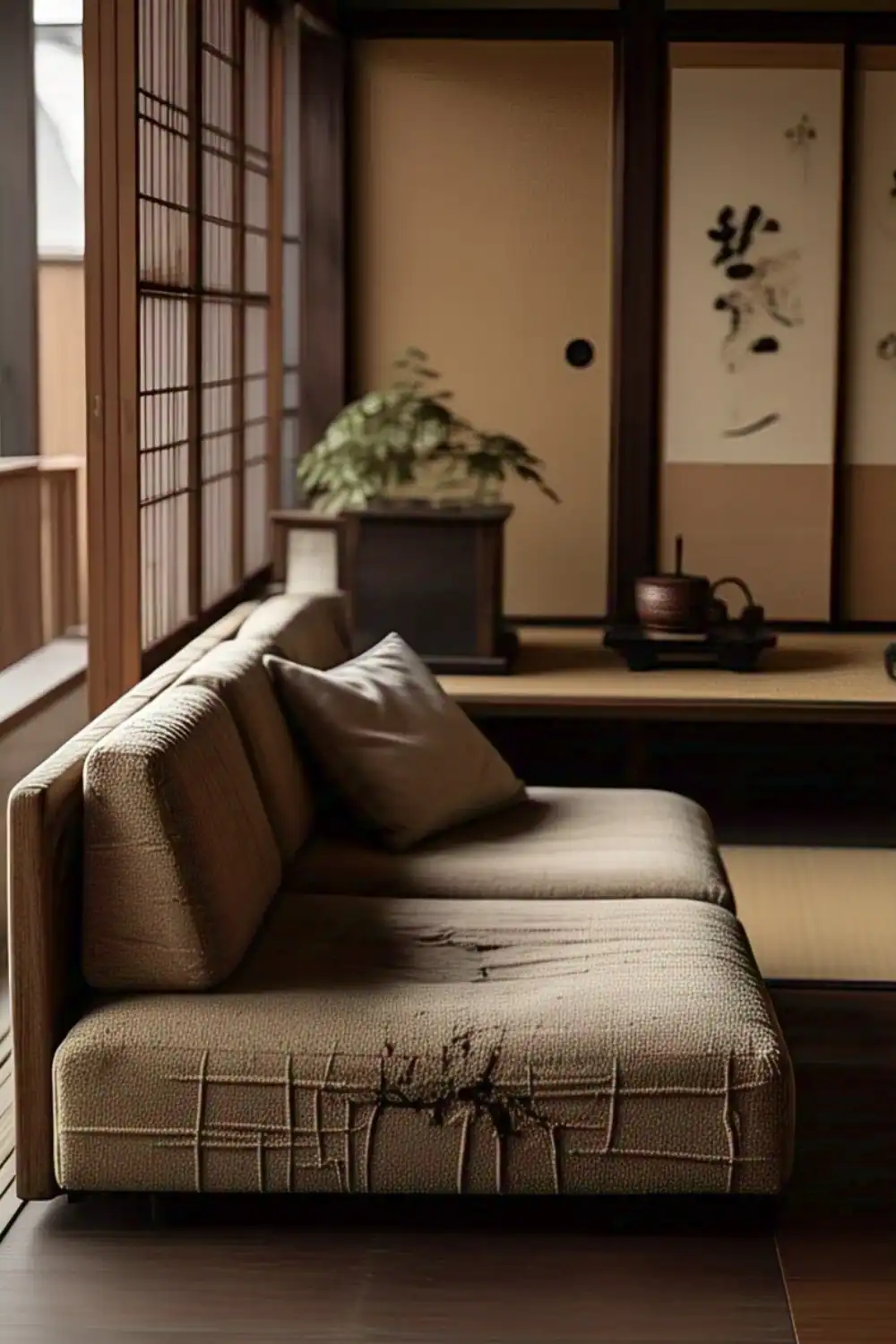
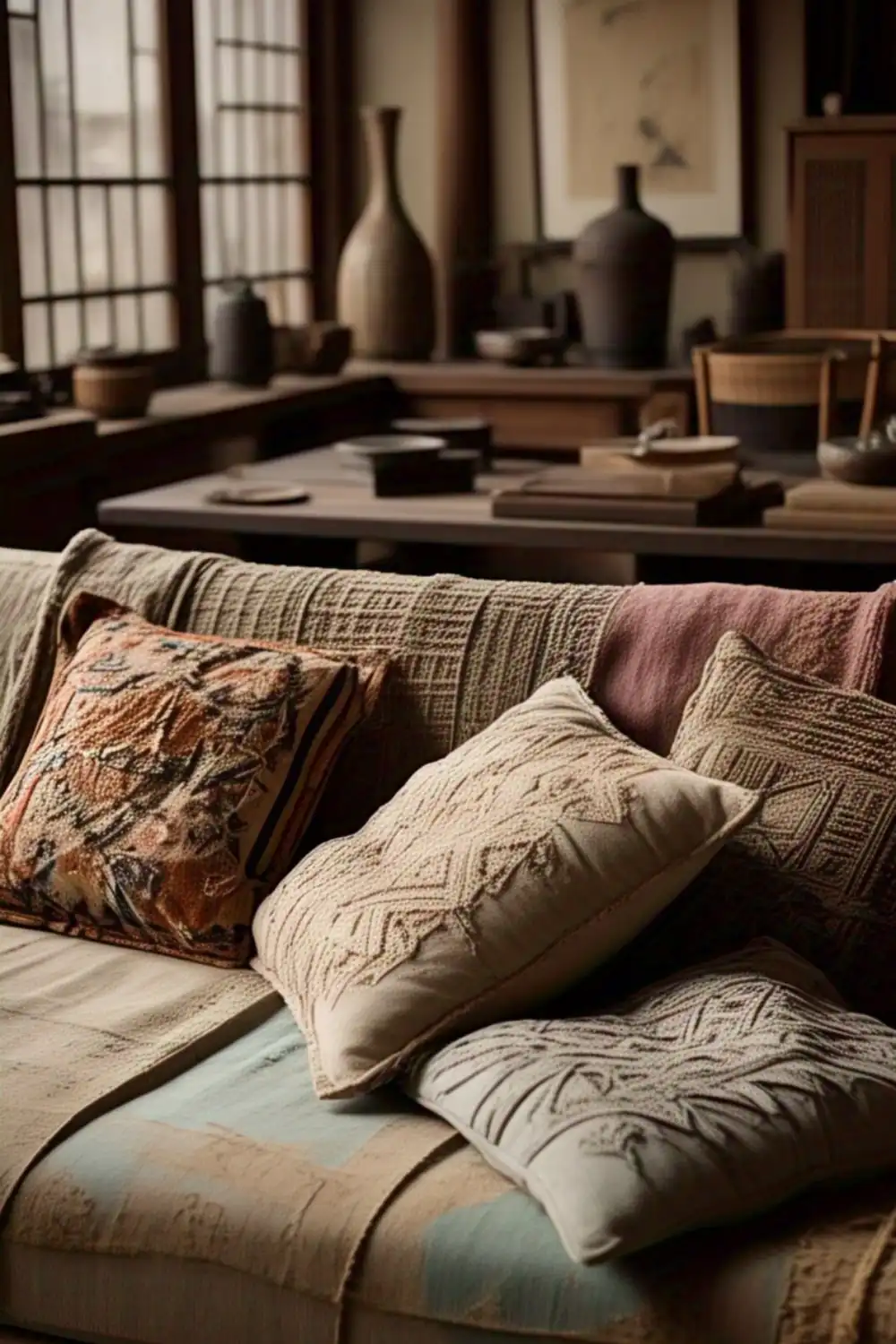
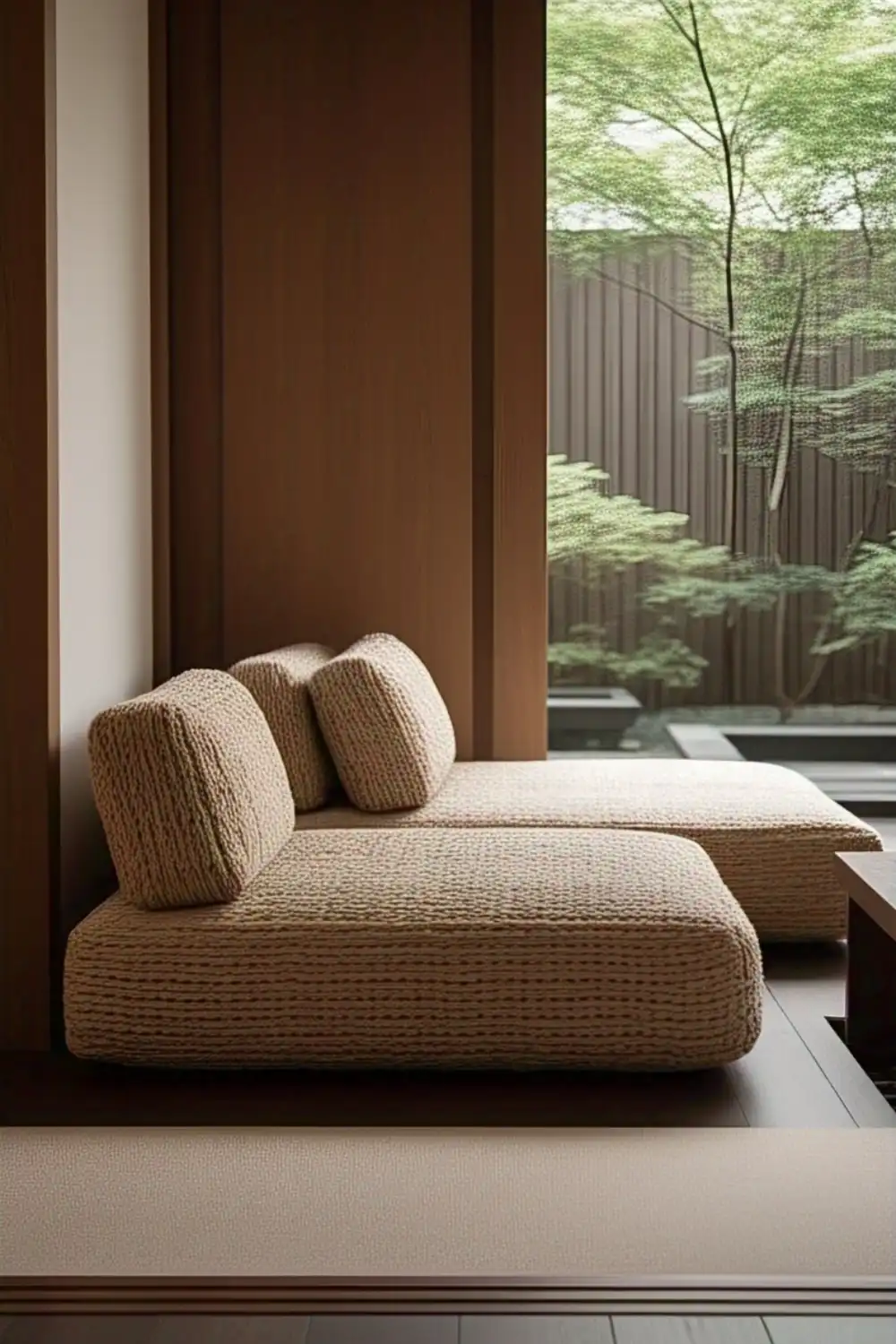

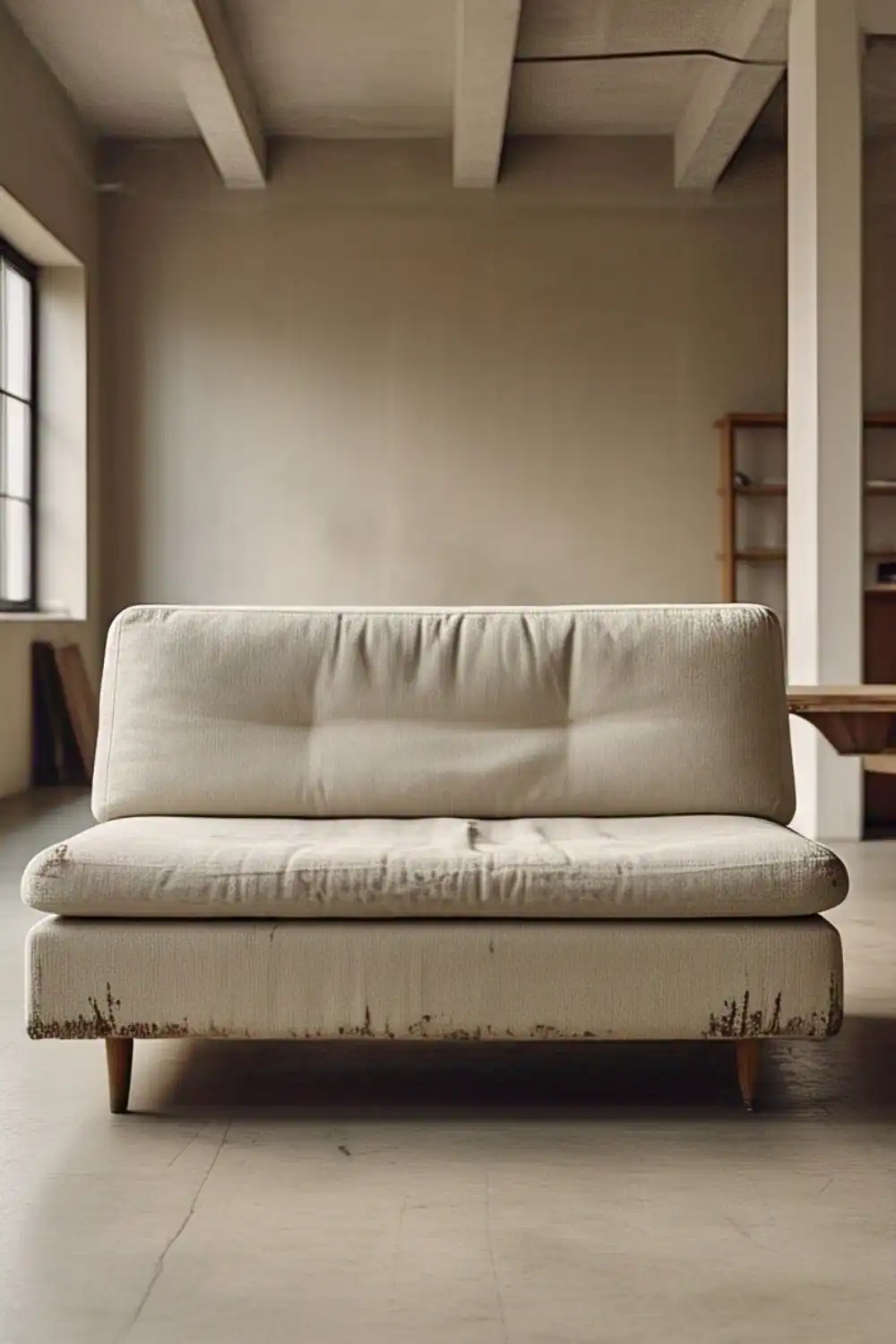
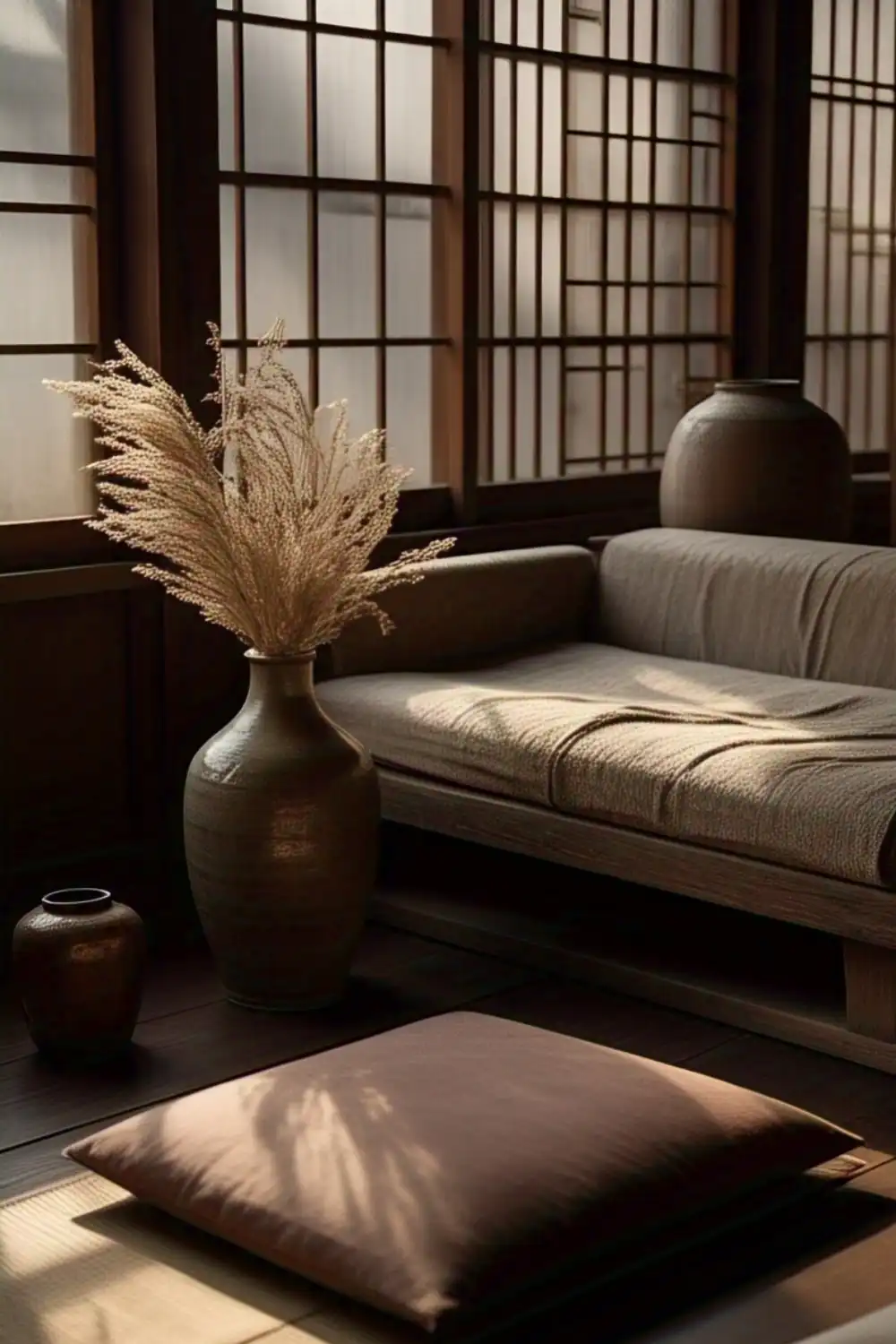
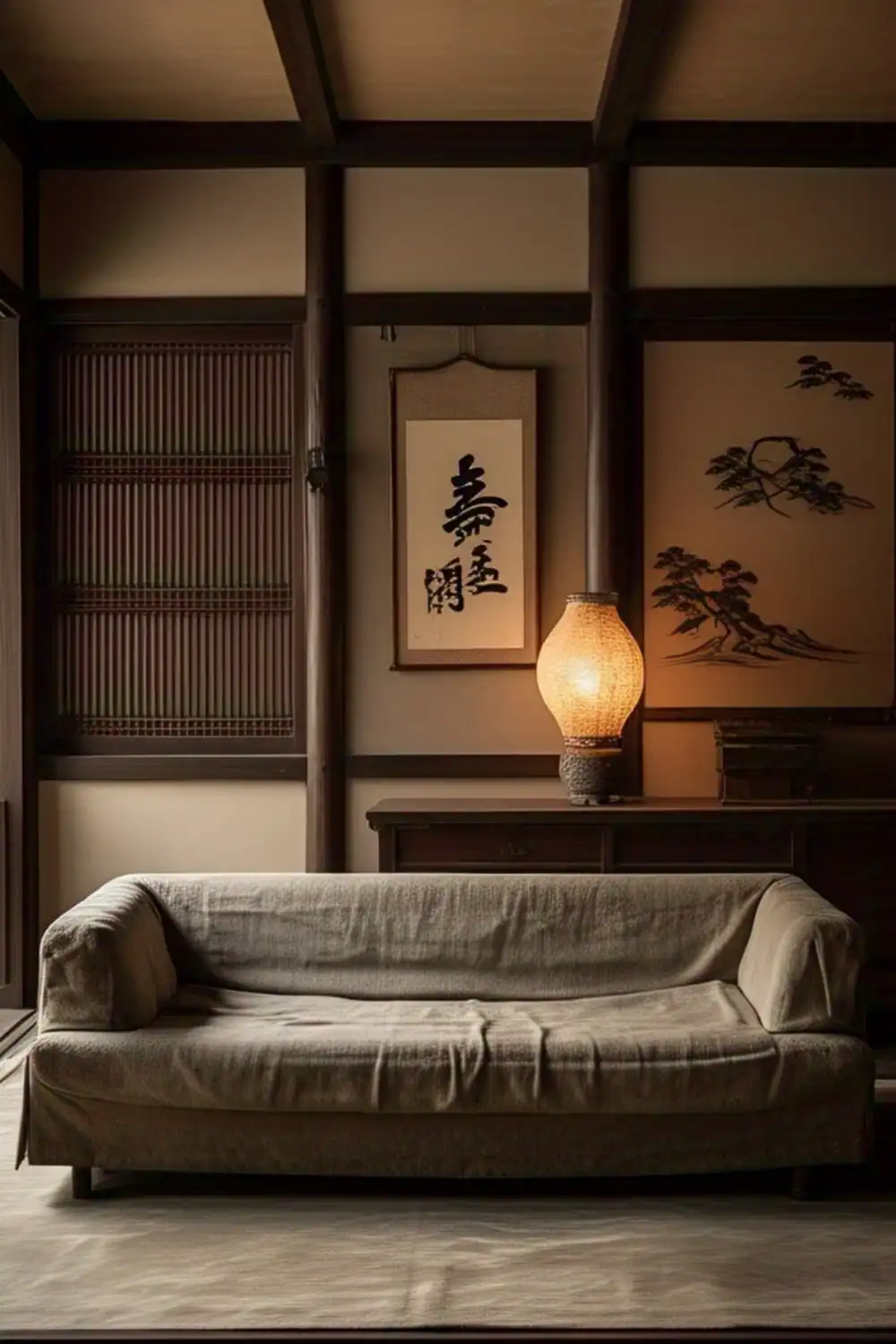
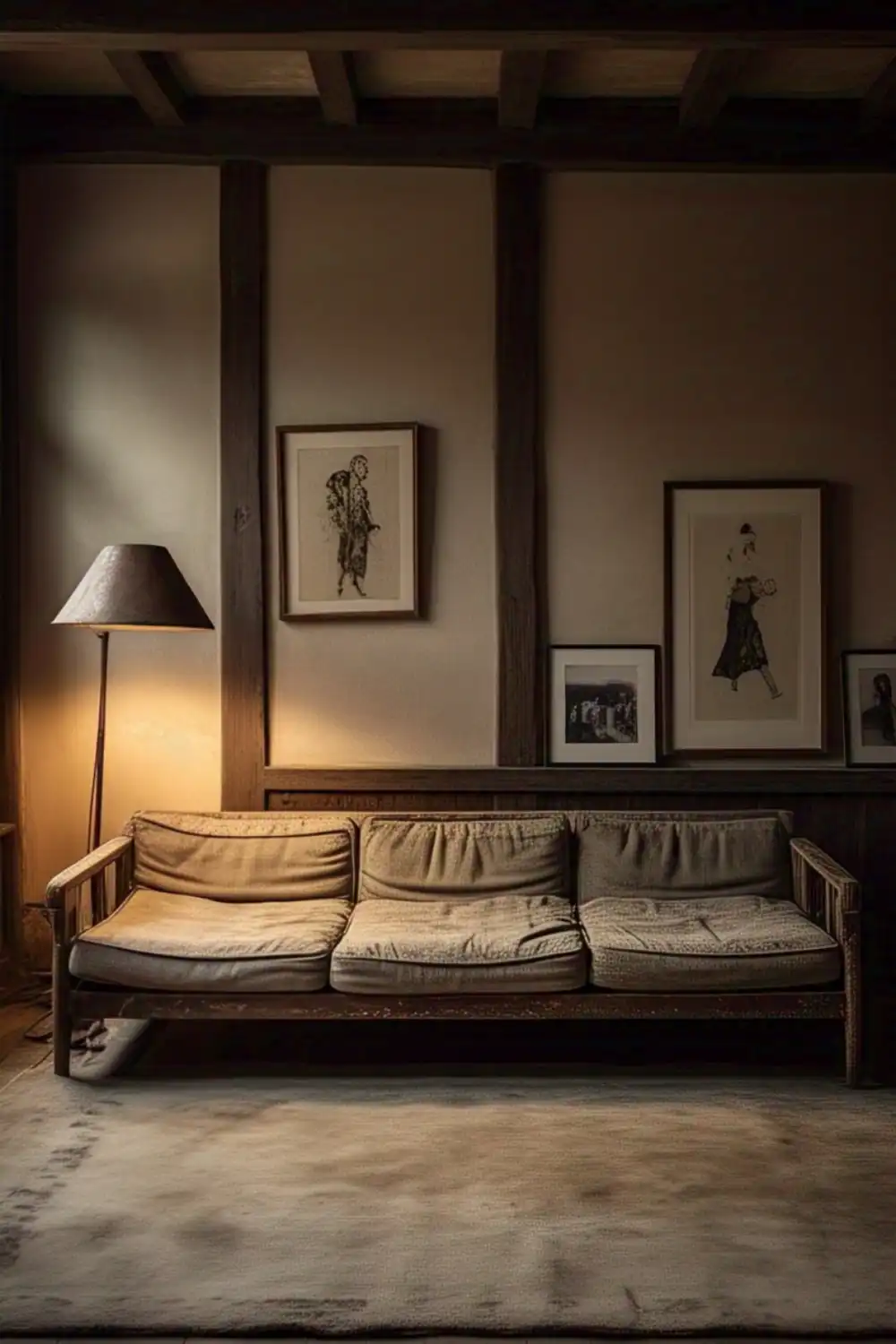

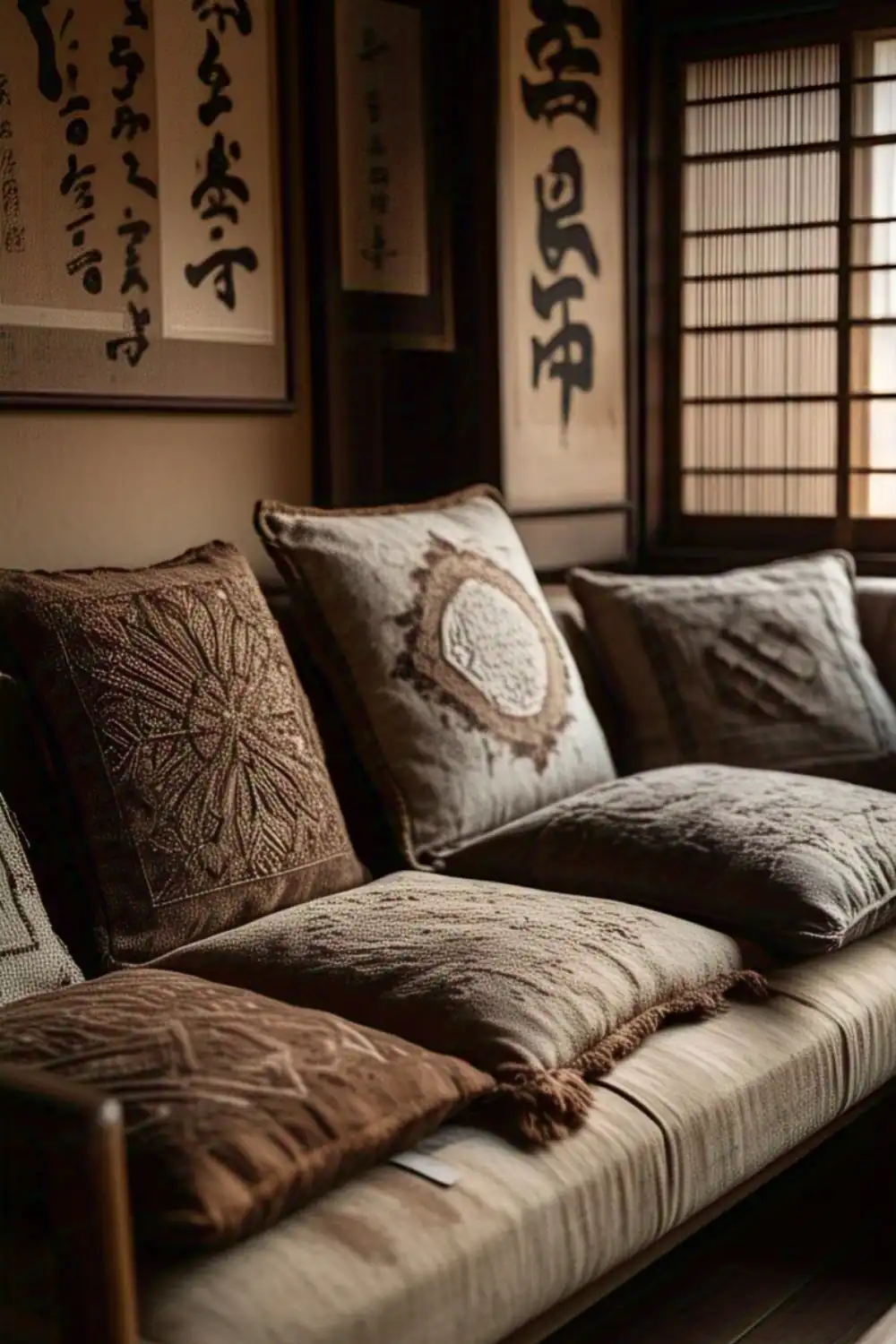

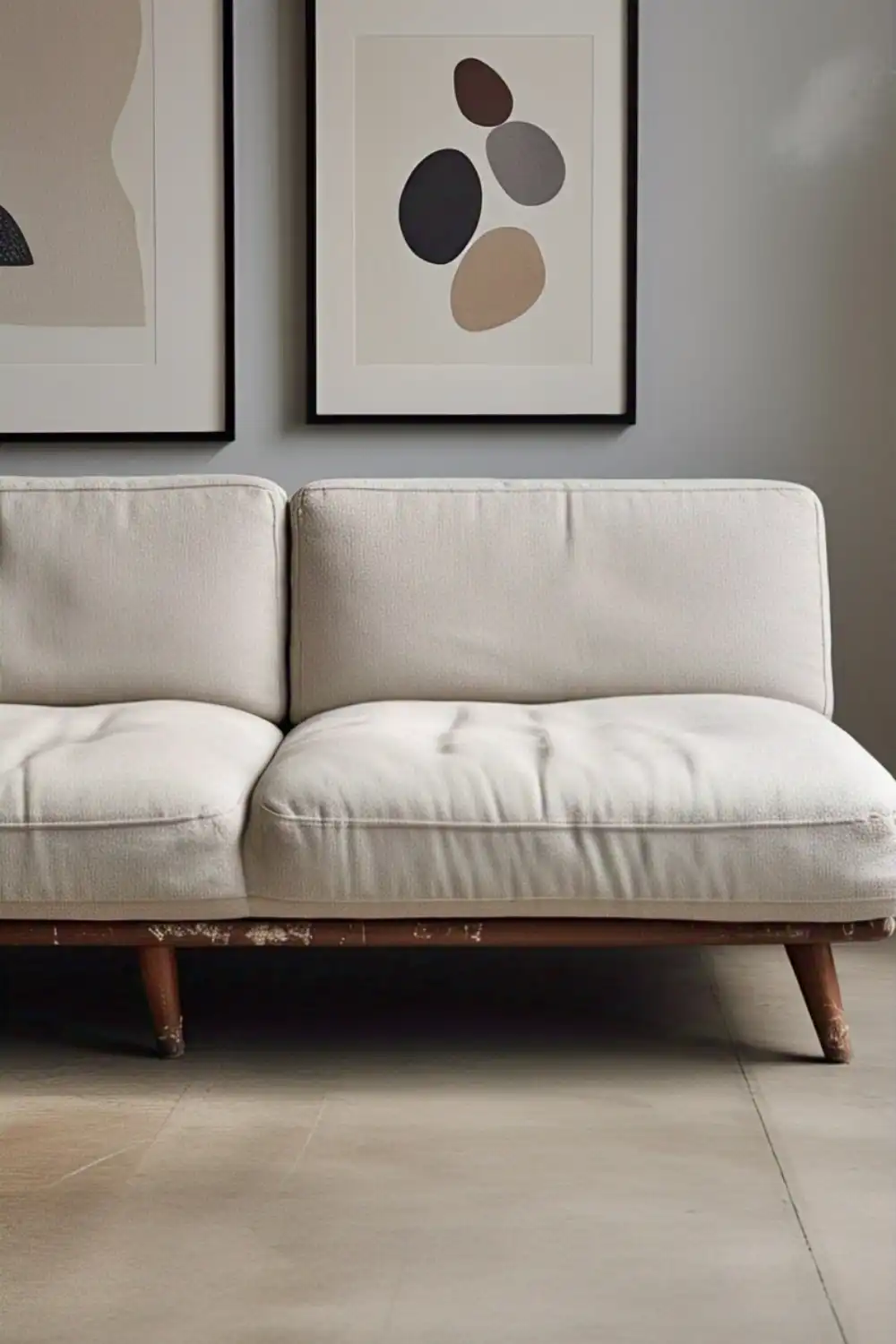
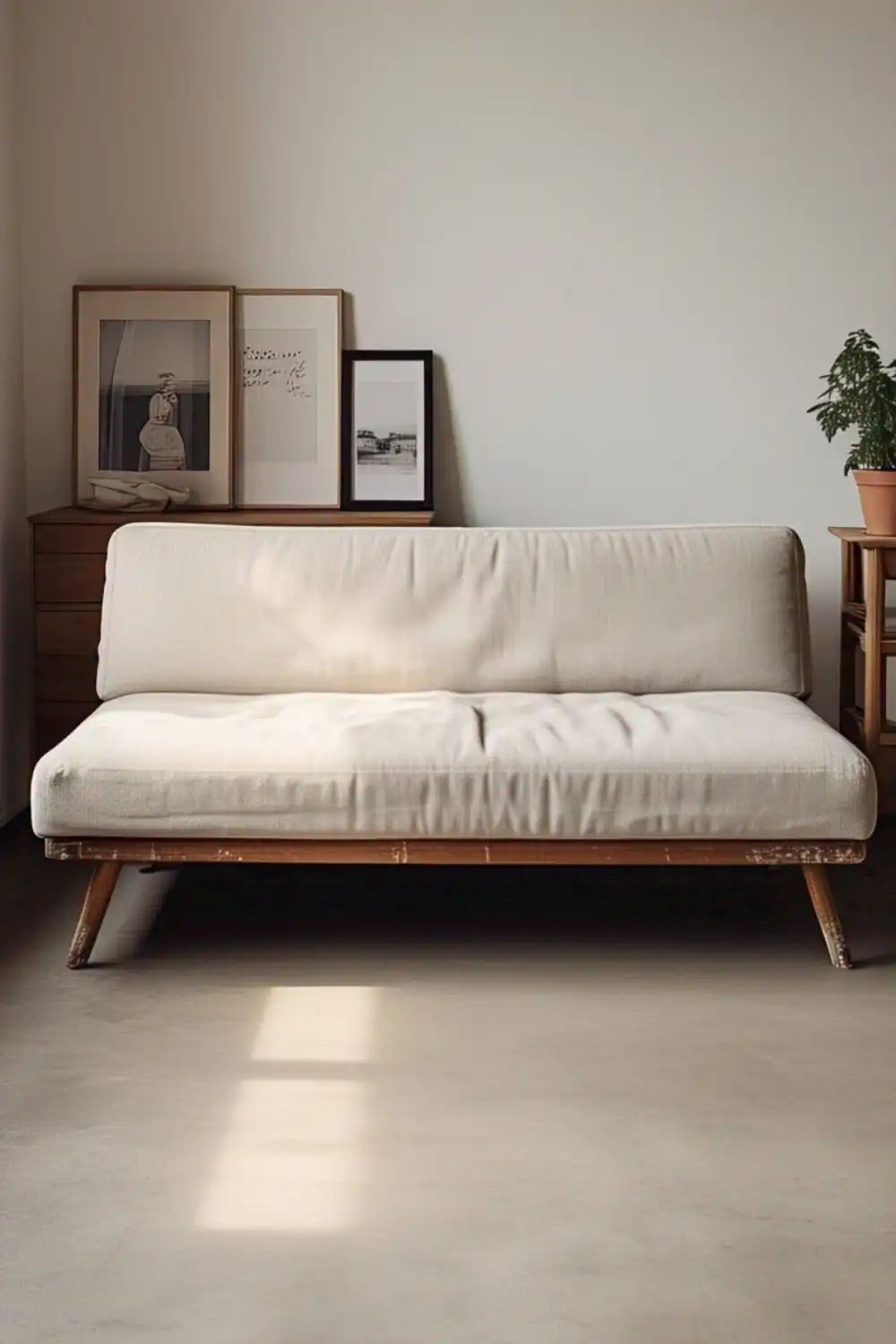
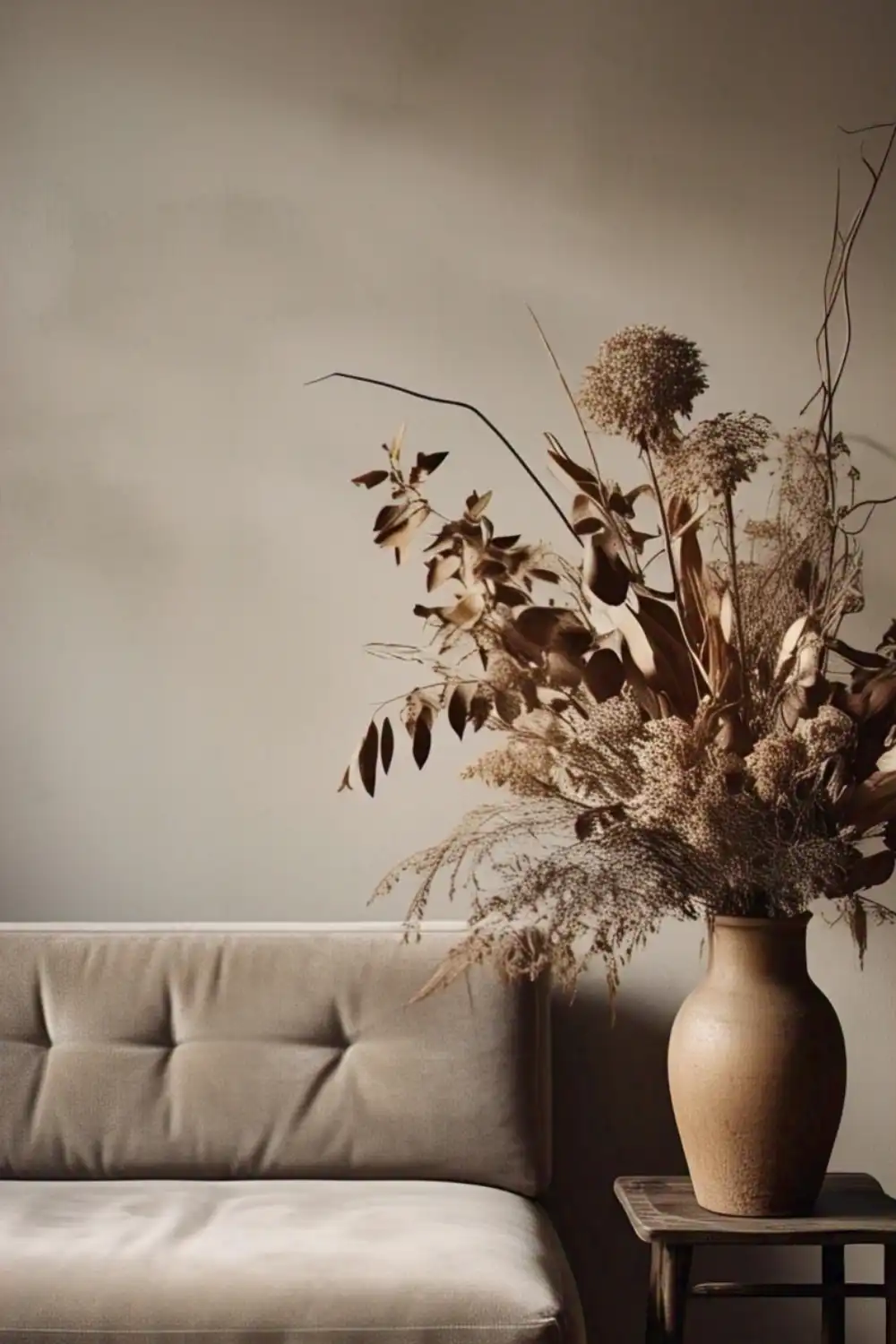


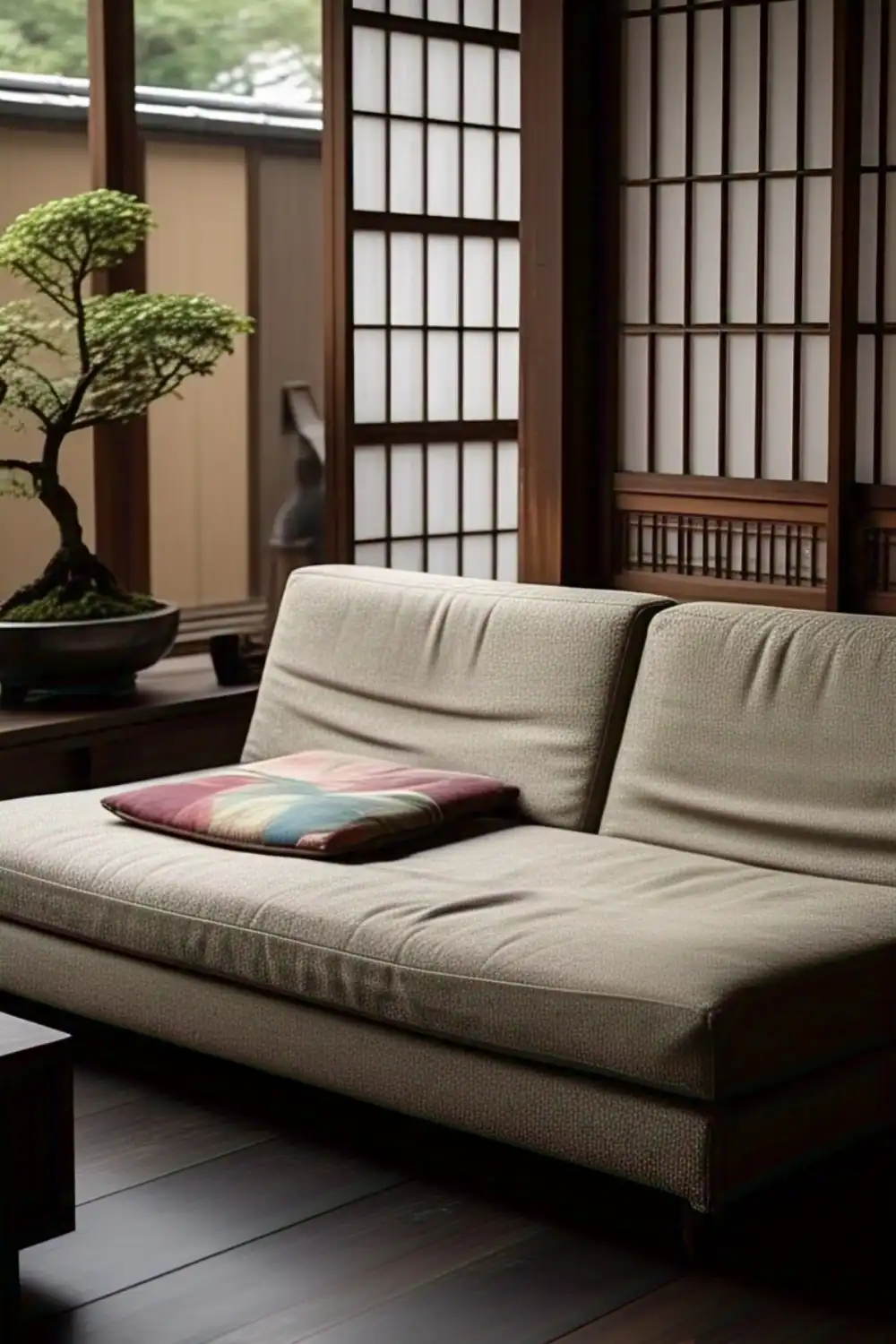
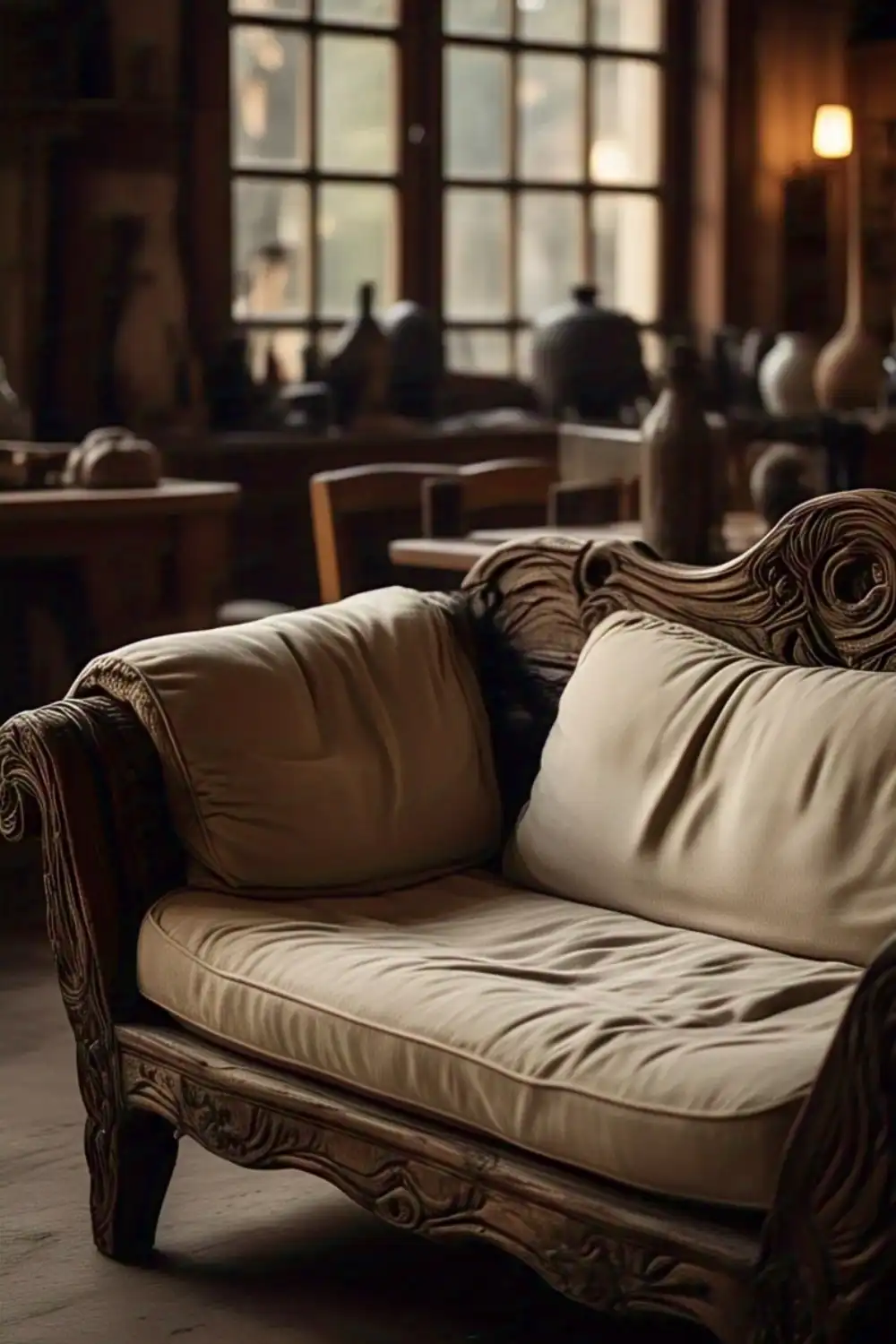

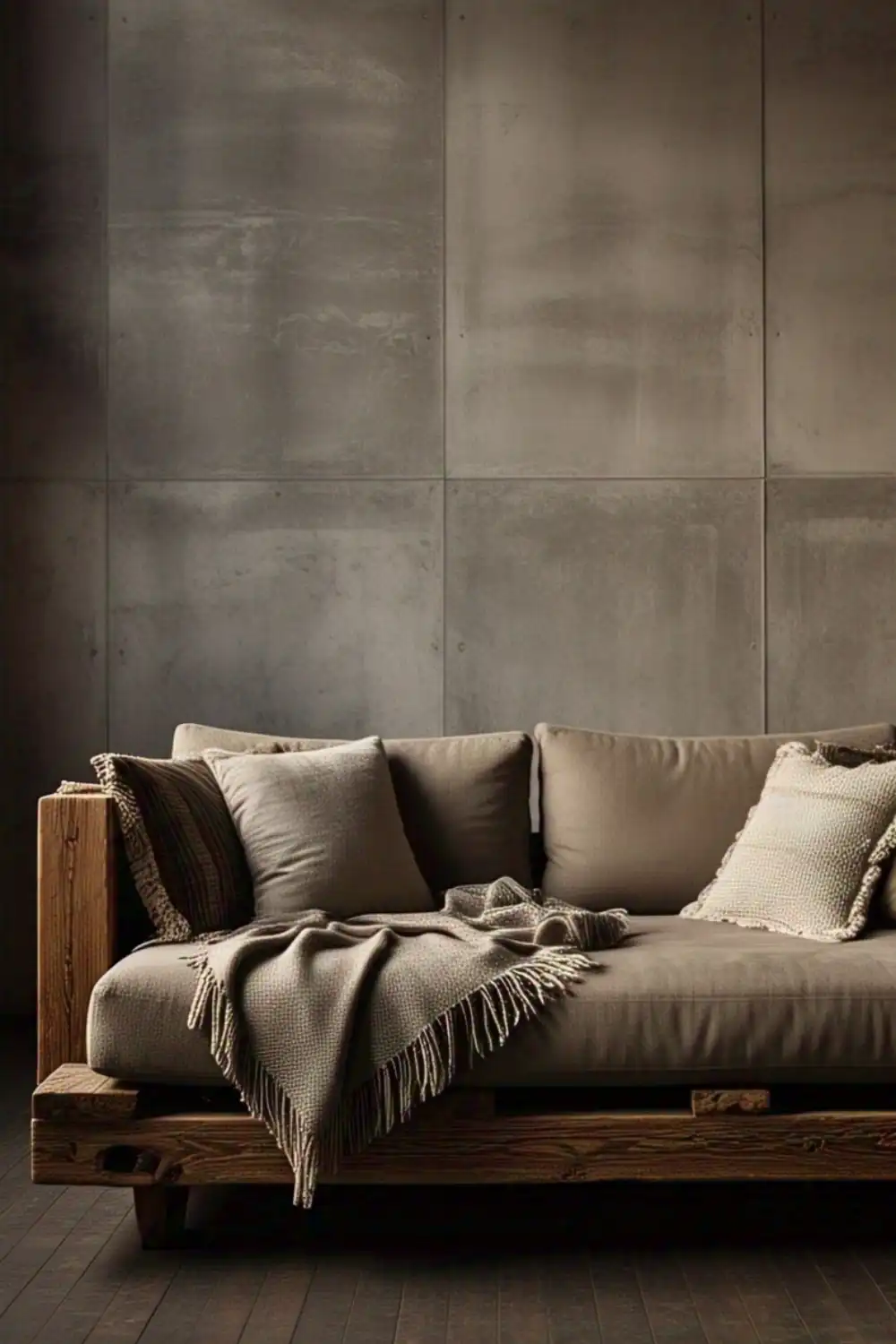
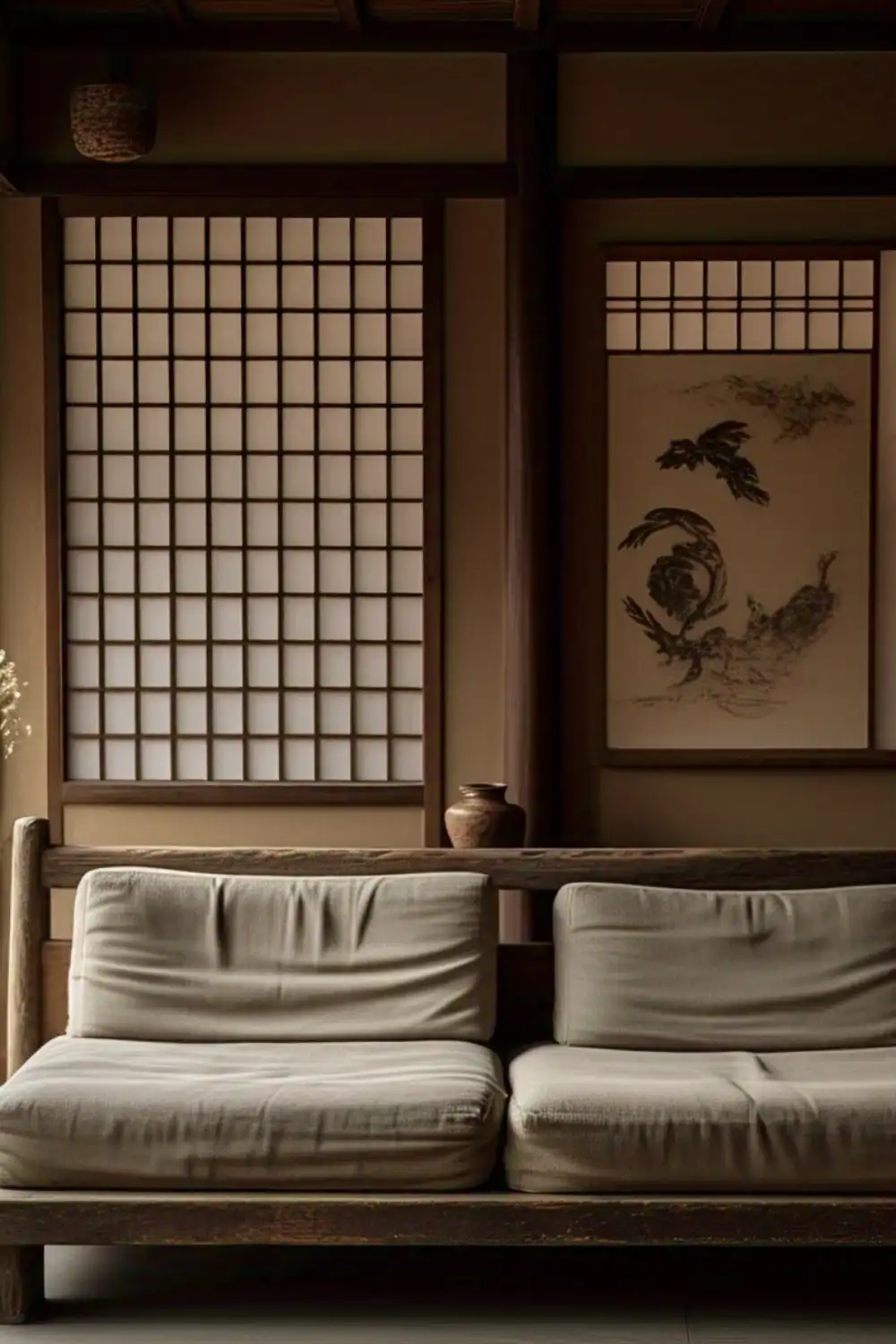



Understanding Wabi Sabi
Wabi Sabi is more than aging wood and worn fabrics—it’s a Japanese worldview. It celebrates the imperfect, the impermanent, and the incomplete. Picture a cracked teacup or a frayed linen napkin—each tells a story, each humbles the senses. Philosophers call it beauty found in scarcity, asymmetry, and texture.
When we bring a Wabi Sabi couch into our home, we’re inviting all that: the visual poetry of scars and time. We’re saying, “You don’t have to be perfect to be beautiful.”
Origins of Wabi Sabi
The roots of Wabi Sabi trace back to Zen Buddhism and the 15th–16th century Japanese tea ceremony. The tea master Sen no Rikyū emphasized humility, natural materials, and simplicity—rejecting ornate designs in favor of rustic elegance.
This philosophy evolved into everyday spaces, weaving itself into architecture, ceramics, and furniture. Fast‑forward to today, and Wabi Sabi couches continue that legacy—handmade, imperfect, soulful.
Characteristics of Wabi Sabi
When we examine a Wabi Sabi couch, we notice certain traits:
-
Asymmetry – No two cushions match exactly.
-
Texture – Natural fibers like linen, cotton, or wool with visible slubs and irregularities.
-
Patina and wear – Faded areas or cracking leather are not hidden—they’re highlighted.
-
Modesty and simplicity – Clean lines, muted palette, functional but not flashy.
It’s an aesthetic of honesty: what you see is what you get—but there’s depth in that vulnerability.
Materials and Textures
Wood and Structure
Frame and legs often feature reclaimed or lightly finished wood—oak, walnut, cedar. You might spot natural knots, subtle cracks, or worm‑track patterns.
Upholstery
We lean toward natural fibers—linen is a favorite for its tactile, breathable quality. Textured cotton, hemp, or even boucle wool invite touch. Seams may be exposed or uneven, giving a handcrafted feel.
Color Palette
Earthy neutrals—stone grey, clay beige, muted sage, or warm sand—anchor the design. We avoid stark white or bold hues; instead, we embrace tones that soothe and age gracefully.
Design Elements
Imperfect Symmetry
Cushions of varying sizes, slightly misaligned joints—these aren’t mistakes. They’re intentional reminders that perfection is overrated.
Visible Craftsmanship
Hand‑stitched seams, exposed wood‑joinery, uneven fabric dye—these marks reveal the artist’s hand.
Soft Edges and Organic Shapes
Rounded corners, gently sagging cushions, low-slung frames—these soften the silhouette and invite relaxation.
Contrast of Textures
Pairing coarse, woven upholstery with smooth wooden legs and perhaps a stone side table creates a harmonious tactile landscape—and palette.
Incorporating Wabi Sabi
Ready to bring this aesthetic into your living room? Here’s our step‑by‑step guide:
-
Strip back excess – remove anything flashy, polished, or overly decorative.
-
Select your couch – embrace natural fibers, simple structure, and visible distress.
-
Layer thoughtfully – add hand‑woven throws, linen pillows, a textured rug.
-
Complement with accents – use driftwood coffee tables, ceramic lamps, stone decor.
-
Embrace silence – negative space is key. Let the couch breathe.
-
Invite nature in – place potted plants and branches in rustic vases.
Little touches like dried leaves in a clay bowl speak volumes about time and season.

